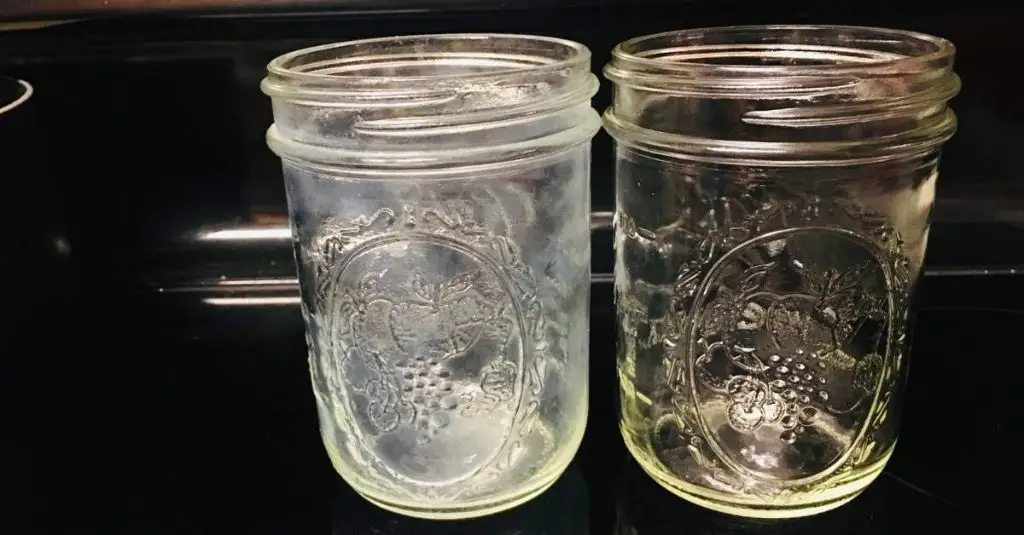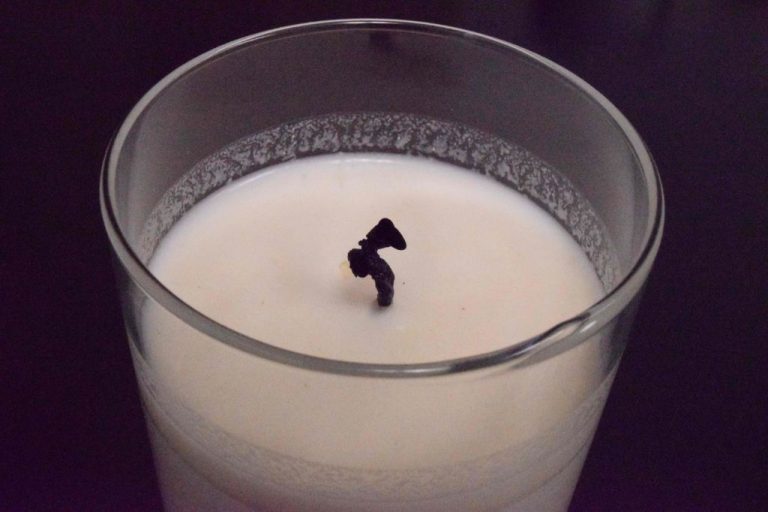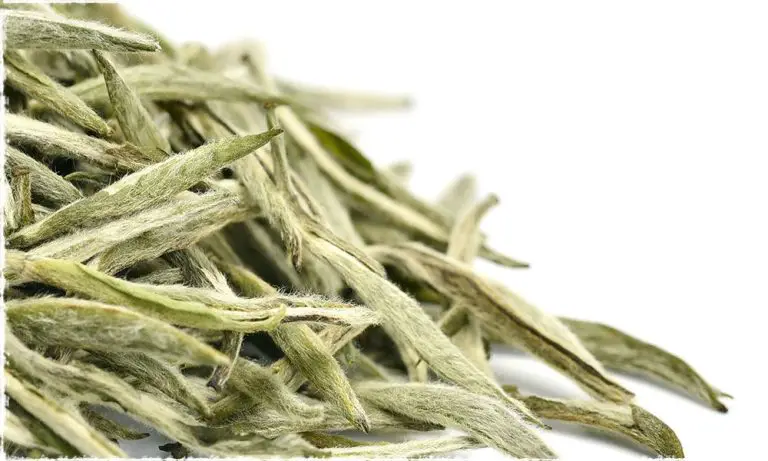Is It Safe To Use Cloudy Canning Jars?
Cloudy jars refer to canning jars that have developed a foggy, white film on the inside of the glass. This cloudiness is usually caused by mineral deposits from hard water reacting with the acids and salts used in canning recipes. While visually unappealing, cloudy jars by themselves do not pose any safety issues or impact the quality of preserved foods 1.
However, the cloudy white residue can obscure any other issues with the jar or its contents. Proper inspection and handling is still required to ensure safety. This article will examine the causes of cloudy canning jars, whether they can be safely used, best practices for cleaning and storage, and signs that a cloudy jar should be discarded. The main thesis is that cloudy jars alone are not dangerous, but diligent food safety principles must still be followed.
What Causes Cloudiness in Jars
The two main causes of cloudy jars during canning are mineral deposits from hard water and etching of the glass from acidic foods:

Hard water contains dissolved minerals like calcium and magnesium. When hard water is used to process canned goods, these minerals can precipitate out of the water and leave white, chalky deposits on the interior glass surface of jars. This leads to cloudiness over time as more minerals build up with repeated canning sessions. Hard water is the most common culprit for cloudy canning jars (Source: https://foodprepguide.com/cloudy-canning-jars/).
Acidic foods like tomatoes, citrus fruits, and vinegars can etch the interior surface of glass jars. The acid eats away tiny bits of the glass, leaving a frosted appearance. This etched glass reflects light differently, causing the jar to look cloudy (Source: https://permies.com/t/211378/Cloudy-Canning-Jars).
Is it Safe to Use Cloudy Jars?
Cloudiness in canning jars can raise some safety concerns, but in most cases it does not make the jars unsafe to use. The main risks with cloudy jars are:
- Difficulty detecting if the seal is unclear – Cloudiness can obscure cracks or an improper seal, which could lead to food spoilage or contamination. Always thoroughly inspect jars before storing.
- Harder to detect cracks or damage – The cloudy residue can make it harder to see any cracks or weak spots in the glass that could cause breakage and food spoilage.
- Potential impact on food safety – In rare cases, the cloudiness could be caused by minerals leaching from the food into the jar over time. This doesn’t make the food unsafe, but any changes should be monitored.
According to food safety experts, the cloudiness itself does not make the canned food unsafe to eat as long as the seal is intact. The deposits are harmless mineral residues that do not affect the quality of the preserved food (Source). However, it is still smart to thoroughly inspect cloudy jars before use and take extra care in monitoring any changes over time.
Cleaning and Preventing Cloudy Jars
There are a few methods you can try to clean cloudiness from jars after canning. One of the simplest is to fill the jars with white vinegar and let them soak overnight, then wash as normal. The acetic acid in the vinegar will help dissolve mineral deposits. You may need to repeat this process a few times for stubborn cloudiness (1).
You can also try cleaning cloudy jars by boiling them for 10-15 minutes in a large pot of water with 1 cup of vinegar added. This hot vinegar water should loosen mineral residue so it can be scrubbed away. Check the seals after cleaning boil – if compromised, replace lids before reuse (2).
To prevent cloudiness in the first place, use distilled or softened water for both soaking jars pre-canning and making your canning liquid. Hard water contains minerals that deposit on jars and cause cloudiness over time. Test your tap water hardness and treat if needed (1).
After each canning session, inspect jars and lids while still hot from processing. Cloudiness or white residue noticeable at this stage likely indicates a sealing issue. Test seals with the lid lift test – lids should not flex up at all when grasped. Reprocess improperly sealed jars within 24 hours or refrigerate and use quickly (2).
Inspecting and Storing Cloudy Jars
Once you have cleaned and dried your cloudy jars, it’s important to carefully inspect them before storage. Check the jar seals by pressing down on the center of the lid. It should not flex up and down at all. According to the University of Georgia Extension, a false seal on a jar could allow air to enter and spoil the contents [1].
Cloudy jars that pass the seal inspection can be stored for later use. The USDA recommends storing canned goods in a cool, dark place between 50-70°F. A root cellar, basement, or interior closet works well. You’ll want to keep the jars out of direct sunlight which can cause the contents to lose quality over time. Label each jar with the contents and date before putting it away so you know what’s inside [2].
When to Toss Cloudy Jars
Even if jars appear cloudy, they may still be safe to use if properly stored and sealed. However, there are certain signs that a cloudy jar should be discarded:
Cracks in the glass – Cracks, chips, or any damage to the jar increases the risk of botulism or other foodborne illnesses. Even tiny cracks allow oxygen to enter and contaminants to grow. Inspect jars closely before use and toss any with cracks, no matter how minor.
Rusted lids – Lids that show signs of rusting may not seal properly, allowing air inside. Rust also indicates the jar’s age and wear. Old, corroded lids should not be trusted for canning. Replace any rusted lids.
Questionable seal – If jars do not seal properly with an airtight vacuum, bacteria can enter. Before using older cloudy jars, check that the lid is concave and does not move or pop when pressed. Do not use jars with broken seals.
If a cloudy jar has any damage, rust, or seal issues, it is safest to discard it. When in doubt, remember food safety comes first. Only reuse cloudy jars that are completely intact and properly sealed.
Safe Uses for Cloudy Jars
Cloudy jars can still be used safely for certain types of food storage if properly cleaned and inspected. Here are some of the best uses for cloudy canning jars:
Non-acidic foods like jams, pickles, and relishes are generally safe to can in cloudy jars since the pH is high enough to prevent botulism growth. Always use tested canning recipes and procedures. However, avoid using cloudy jars for canning low-acid foods like vegetables, meat, and fresh salsa.
Dry goods like flour, sugar, spices, and baking mixes can be stored in cloudy jars as long as the jars are thoroughly cleaned, dried, and sealed. The cloudiness mainly affects appearance.
Refrigerated foods like leftovers, salad dressings, and sauces can also go in cloudy jars. The cold temperatures prevent bacterial growth. Just be diligent about cleaning the jars first and consuming the foods within the recommended fridge time.
When reusing cloudy jars, inspect carefully for any cracks, chips, or defects that could impact safety or sealing. Always label contents and dates as well. While cloudiness alone doesn’t make jars unsafe, take care to mitigate other risks.
Alternatives to Cloudy Jars
If you have jars that are extremely cloudy or frosted and cleaning methods don’t restore clarity, there are some alternatives to consider:
Buying new jars – Investing in new jars is sometimes the best option for food canning purposes. Look for jars specifically designed for home canning and preserving. Ball and Kerr are two reputable brands of mason jars made in the USA. New jars will have undamaged surfaces and seals, ensuring safety and freshness.
Recycling very cloudy jars – If jars are too cloudy for food storage, consider repurposing them. Frosted or etched jars can be recycled and made into new glass products. You can often donate extremely cloudy jars to community recycling programs. Just be sure to remove any remaining food residue before recycling.
Using for non-food storage – Very cloudy jars, while not ideal for canning, can be used for general household storage. Storing non-food items like hardware, craft supplies, office supplies, etc. gives the jars purpose without any safety concerns. Just avoid any perishable items or liquids in very cloudy jars.
Sources:
https://foodprepguide.com/cloudy-canning-jars/
https://permies.com/t/211378/Cloudy-Canning-Jars
Summary
While cloudy jars may not look as pretty, they can still be safe to use if the seal remains intact. However, it’s important to take precautions when inspecting and storing cloudy jars, as defects could compromise the seal over time. Look for any nicks, cracks, etching, or thread damage before reuse. Store cloudy jars in a cool, dark place and use within 1 year. If jars are very etched or damaged, it’s best toreplace them. As long as cloudiness is just cosmetic and the seals stay intact, the jars can safely be used for storing dry goods, crafts, and non-acidic foods.
References
Food Prep Guide. “How to Prevent (& Clean) Cloudy Canning Jars.” https://foodprepguide.com/cloudy-canning-jars/. Accessed [date].
Oregon State University Extension Service. “Canned Vegetables: Problems & Solutions.” https://extension.oregonstate.edu/sites/default/files/documents/8836/sp50742problemsandsolutionsvegetables.pdf. Accessed [date].




